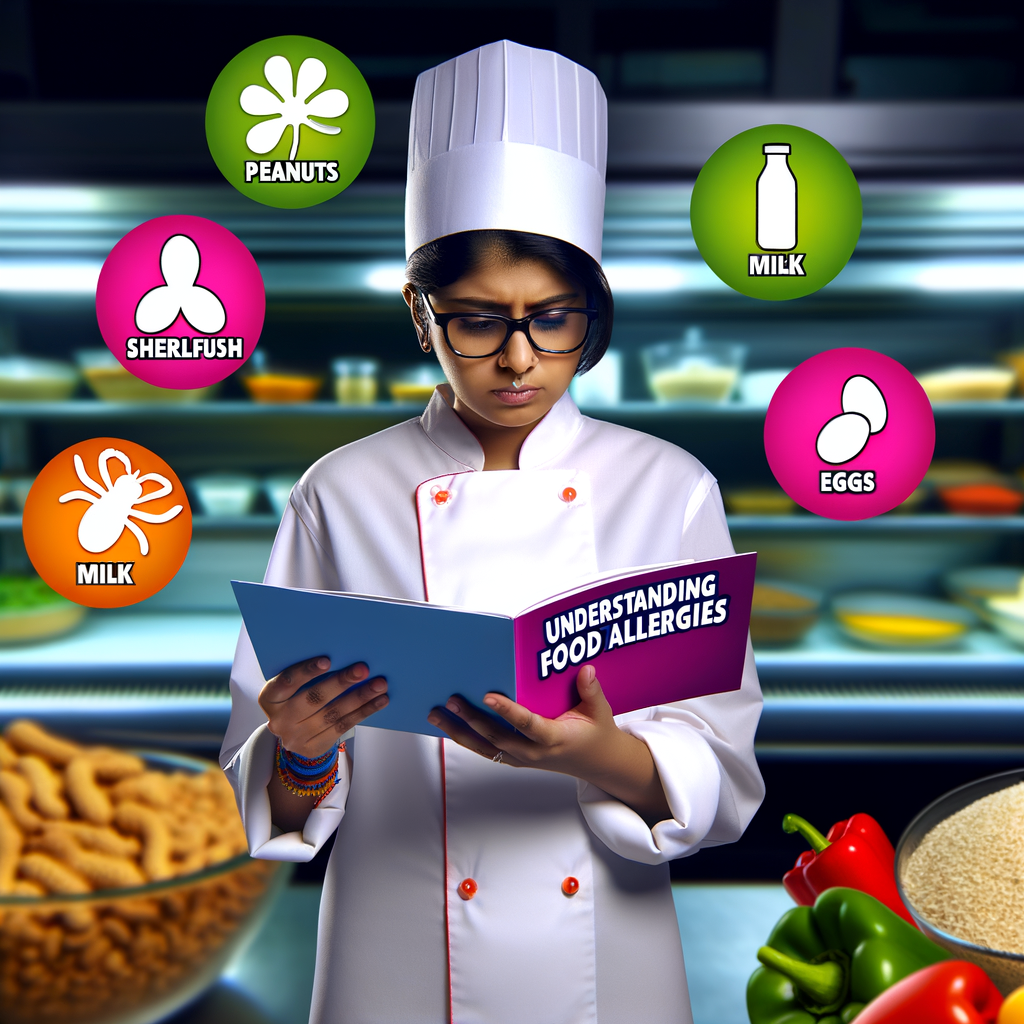As an expert chef, I am constantly amazed by the diverse range of ingredients and flavors that can be combined to create a delicious meal. However, with this variety comes the responsibility to cater to the needs of those with food allergies. Food allergies affect millions of Americans and can range from mild discomfort to life-threatening reactions.
One of the most important ways to prevent allergic reactions is through label reading. Food labels provide crucial information about the ingredients used in a product, allowing consumers to make informed decisions about what they eat. As a chef, I understand the importance of thoroughly reading labels and ensuring that all ingredients are safe for my customers.
When reading labels, it’s important to look for common allergens such as dairy, nuts, and gluten. These ingredients can often hide under different names, so it’s important to familiarize yourself with the different terms used. For example, whey, casein, and lactose are all forms of dairy that may not be immediately obvious to someone with a dairy allergy.
In addition to reading labels, communication is key in preventing food allergies. As a chef, I always make sure to communicate with my customers about their allergies and take extra precautions to prevent cross-contamination in the kitchen.
In conclusion, understanding food allergies and the importance of label reading is crucial for both chefs and consumers. By taking the time to thoroughly read labels and communicate with each other, we can ensure a safe and enjoyable dining experience for everyone.





